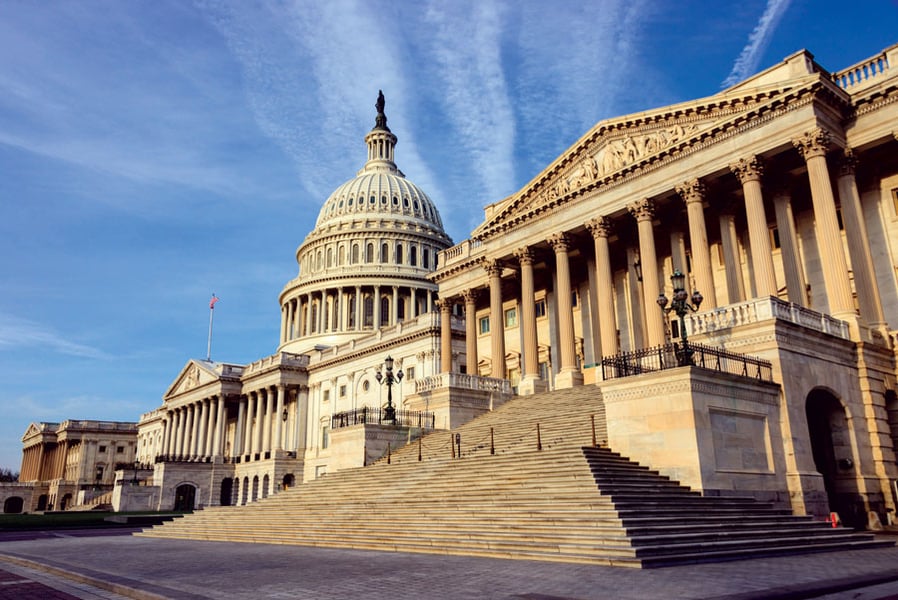

Ron Wyden, D-Ore., the ranking member of the Senate Finance Committee, and six other Democratic senators have introduced legislation that would enhance the incentives to save for retirement.
The bill, the Encouraging Americans to Save Act, would restructure the existing, nonrefundable saver’s credit into a refundable, government matching contribution of up to $1,000 a year for middle- and moderate-income workers who save through 401(k)-type plans or individual retirement accounts.
The legislation also includes a Covid-19 recovery bonus credit that provides up to $5,000 in additional government matching contributions for the first $10,000 saved during a five-year period beginning in 2022.
The bill is cosponsored by Sens. Michael F. Bennet, D-Colo.; Bob Casey, D-Pa.; Dick Durbin, D-Ill.; Amy Klobuchar, D-Minn.; Bob Menendez, D-N.J.; and Patty Murray, D-Wash.
According to the National Institute on Retirement Security, more than 100 million working-age Americans do not have coverage through a company plan or own any retirement assets, whether that's in an IRA or in a 401(k) or other defined-contribution plan.
The legislation also would enhance the saver’s credit by making the full 50% credit rate available to couples earning up to $65,000 per year ($32,500 for single taxpayers) and would require that the credit be directly contributed into the saver’s retirement plan or IRA, Senator’s Wyden’s office said in a release.

Relationships are key to our business but advisors are often slow to engage in specific activities designed to foster them.

Whichever path you go down, act now while you're still in control.

Pro-bitcoin professionals, however, say the cryptocurrency has ushered in change.

“LPL has evolved significantly over the last decade and still wants to scale up,” says one industry executive.

Survey findings from the Nationwide Retirement Institute offers pearls of planning wisdom from 60- to 65-year-olds, as well as insights into concerns.
Streamline your outreach with Aidentified's AI-driven solutions
This season’s market volatility: Positioning for rate relief, income growth and the AI rebound
